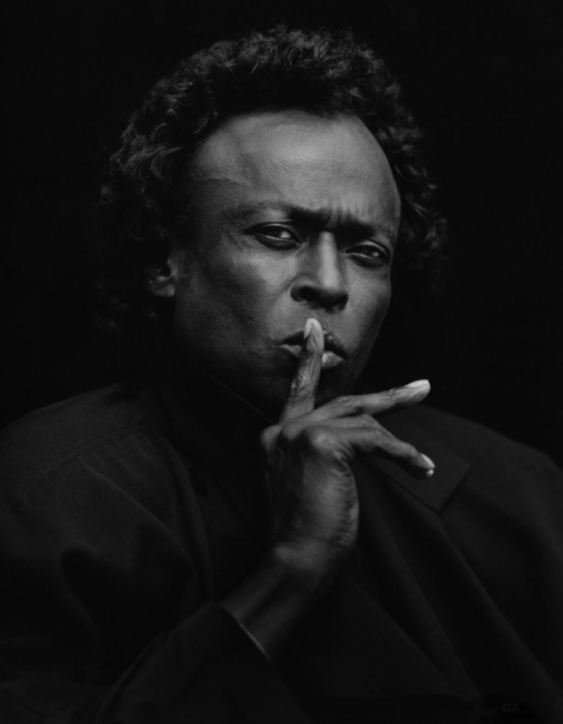Life After Warhol: Will Kat Von D’s Use Be Considered Fair or Infringement?
On October 11, 2023, a California federal judge granted Jeffrey B. Sedlik’s (“Sedlik”) motion to reconsider whether famous tattoo artist Kat Von D’s (“Von D”) Miles Davis tattoo infringed his copyright. In 2017, Kat Von D posted a jazz series on social media which included posts of a tattoo based on Sedlik’s 1989 photograph of the jazz legend Miles Davis. By 2021, Sedlik had sued Von D claiming that the tattoo was an unauthorized derivative, and in its creation and photographed distribution, was an infringement of his copyright in the image. In May of 2022 Von D’s motion for summary judgment was partially granted and denied with the court stating that Von D’s tattoo had a distinct purpose as compared to Sedlik’s photo, but that whether the tattoo was transformative should be put before a jury.


(Sedlik’s copyrighted image on the left, Kat Von D’s tattoo on the right)
Sedlik relied heavily on the recent U.S. Supreme Court’s decision regarding Andy Warhol in his motion for reconsideration. On May 18, 2023, in deciding Andy Warhol Foundation for Visual Arts, Inc. v. Goldsmith, the Supreme Court held that the fair use defense will not hold up if a secondary work and the copyrighted work share substantially the same or similar purpose, especially between competing commercial uses. The Court further stated that for something to be transformative, it must alter the original with “new expression, meaning, or message” so as to not “swallow” the copyright holders’ exclusive right to prepare derivative works. Justice Sotomayor went on to opine that the degree of transformation required must “go beyond that required to qualify as derivative.”
The United States District Court Central District of California, with Judge Fischer presiding, found that Sedlik established that defendants provided no evidence that Von D’s tattoo is transformative, but that the transformative nature only implicates the first fair use factor. The four fair use factors are 1) the purpose and character of use, including whether use is of a commercial or nonprofit nature, 2) the nature of the copyrighted work, 3) the amount and substantiality of the portion used in relation to the copyrighted work as a whole, and 4) the effect of the use upon the potential market for or the value of the copyrighted work.
Warhol had no impact on the second or third fair use factors and as such, Judge Fischer’s earlier analysis of those two factors remained. However, Judge Fischer cited another Supreme Court case, Harper & Row, in stating that the fourth factor, the effect of the use on the potential market for or value of the copyrighted work, is “undoubtedly the single most important element of fair use.” Harper & Row Publishers, Inc. v. Nation Enterprises, 471 U.S. 539, 566 (1985). Nothing in Warhol had any impact on Judge Fischer’s finding that there is a “triable issue as to whether there is a market for future use of Sedlik’s photo in tattoos. As such, Judge Fischer “found triable issues as to the [first and fourth] statutory factors.”
Trial is set for November 28. This will likely the first of many cases we see basing claims of copyright infringement on the Warhol rationale and we will provide updates on any significant developments.


